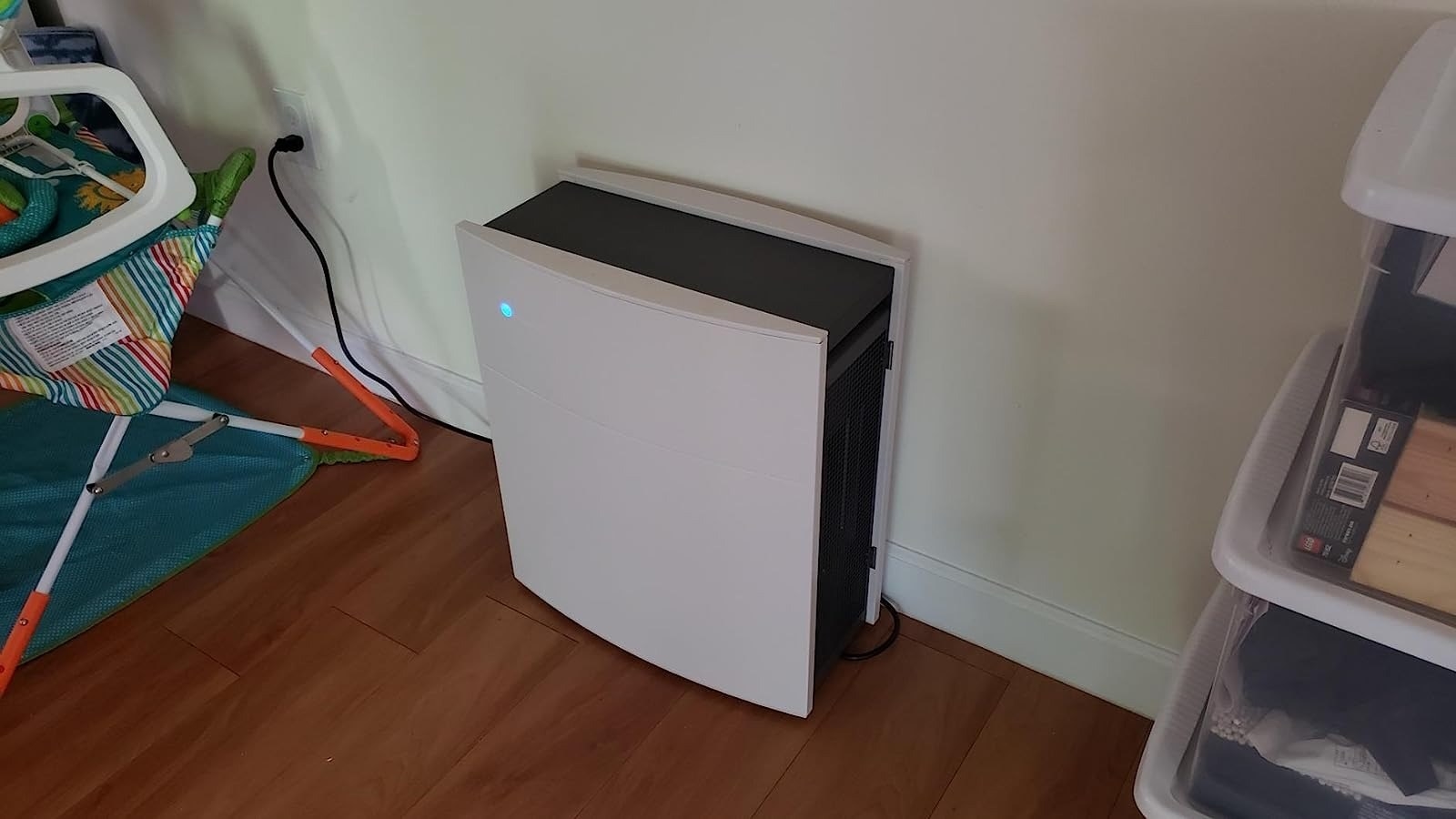Given concern surrounding gas stoves and their potential for nitrogen dioxide exposure and the recent changes to air quality in some parts of the country thanks to a spate of wildfires in Canada, you may be feeling extra-conscious of the air quality in your home.
Personally, prior to moving to Los Angeles, I had been fortunate enough to never think twice about the quality of air that I was breathing. Now, as I look out my window at the layer of smog that descends on the city and the gas stove in my kitchen, I find myself very concerned about the kinds of pollutants that are coming into my space, the potential sources of contaminants that already exist in my home, and the long-term effects they all may have on my health.
Joyce Baker, a respiratory therapist and member of the American Association for Respiratory Care, said anyone can be at risk for poor air quality — not just people in larger cities like the one I live in.
“Common sources of poor indoor air quality are smoking/vaping, mold, leaks or standing water, and fuel-burning appliances, particularly if they are not properly vented,” she said, adding that household items like paints, pesticides, and certain chemicals can also contribute.
“Poor indoor air quality can be two to five times more polluted than outdoors because of the lack of fresh air, circulation, and ventilation,” Baker said, citing an assessment from the Environmental Protection Agency.
The potential risks associated with lower air quality can range from breathing difficulties to a reduced ability to fight off respiratory infections, said Zara M. Patel, the director of endoscopic skull base surgery and an associate professor of otolaryngology at Stanford University.
“Exposure to lower air quality over a long period of time has been shown to play a role in the development of multiple upper and lower airway disease states, including chronic sinusitis and asthma,” Patel said. But shorter periods of exposure can pose risks as well, she said, such as “inflammation, mucus production, and swelling of the tissues of the nose, the sinuses, and the bronchi.”
In some rare cases, Baker said, such exposure can even increase a person’s risk of heart disease or cancer.
Some homes may already be equipped with an HVAC filtration system, but Baker said portable filtration options like air purifiers may be a useful added layer of protection ― particularly for people highly susceptible to allergens or conditions like asthma. She warned, however, that they are by no means a permanent replacement for prescribed medications or for addressing the cause of poor indoor air.
The main question on everyone’s mind seems to be whether air purifiers can catch and filter out airborne particles such as SARS-CoV-2, the virus that causes COVID-19. Baker said that a purifier “can reduce airborne contaminates in the home or confined spaces” when used properly, but that you shouldn’t rely on it completely. She advised that people follow recommendations from the Centers for Disease Control and Prevention.
What should you look for in an air purifier?
Both Baker and Patel had a few guidelines for choosing a system that can safely and effectively capture pollutants and recirculate cleaner air inside your home. The first one is the Clean Air Delivery Rate.
“The higher the rating, the more particles the air purifier will remove and the larger the area it can serve,” Baker said.
Factors such as higher fan speeds, carbon filters with the ability to remove airborne gases, particle size, and the square footage of the area that you intend to purify are also important to consider.
Baker didn’t personally endorse any particular air purifier model, but she said she often tells families to look at Consumer Reports to see how well a purifier was tested and reviewed.
In line with Baker’s advice, we created the following list of air purifiers by choosing the three highest-rated options on Consumer Reports and cross-referencing their specs with the EPA’s guide for a safe and effective air filtration systems.
If you are experiencing symptoms of poor air quality or just want the added benefit of a purification system, see below.
1. The best-rated option for entire apartments: The Alen BreatheSmart 75i Pure air purifier
2. A well-rated choice for extra-large rooms: The BlueAir Classic 605 air purifier

3. The best affordable option: The BlueAir Blue Pure 211+ air purifier

Reviews have been edited for length and/or clarity.
